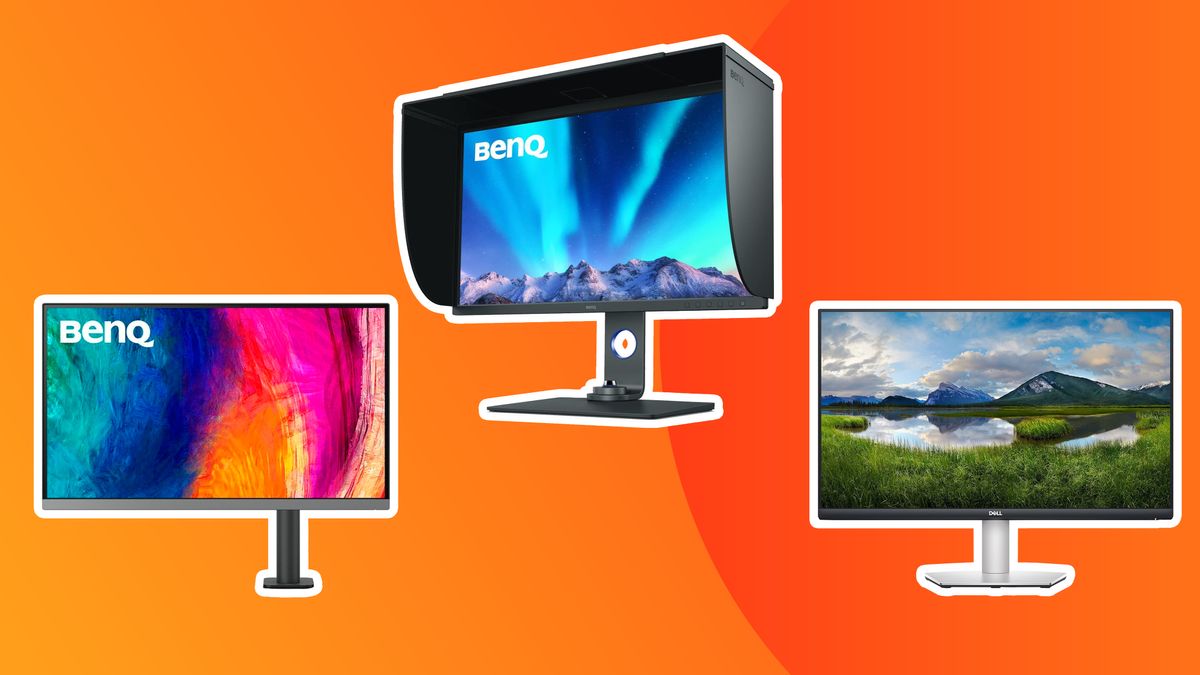Choosing one of the best monitors for photo editing is a vital investment that can help ensure accurate results to your work. Both amateur and professional photographers benefit from good colour coverage and accuracy, and if you’re a professional photographer handing work off to clients, these factors become crucial.
Both amateur and professional photographers benefit from good colour coverage and accuracy, especially when delivering work to clients. We’ve curated a list of the best monitors for photography based on hands-on reviews, photographer recommendations, and a comparison of specs, including colour fidelity and special features. Our current top choice is the BenQ DesignVue PD2706UA for its balance of features and price.
While pricier monitors may include calibration tools, those without can still achieve accuracy with regular use of calibration tools. Most recommended monitors are 4K (UHD), particularly for those who also work in video. For additional options, check out our guides on the best monitors for graphic artists and video editing.
Quick list
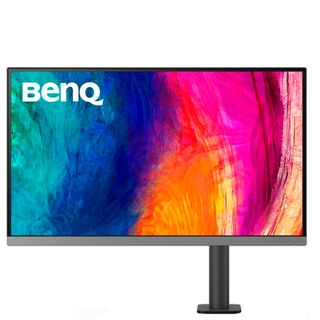 Best overall
Best overall
We think the balance between price and quality makes this 4K monitor the best choice for most people. It boasts solid colour coverage, 350 nits of brightness and a USB-C port that supports charging.
Read more below
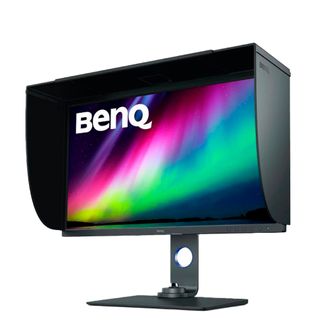 Best premium
Best premium
It’s not cheap, but the BenQ SW321C offers excellent quality. It boasts near-faultless colour coverage, you can quickly switch between colour spaces, and the screen comes expertly calibrated.
Read more below
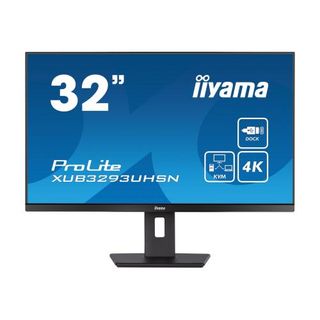 Best budget
Best budget
While our first pick is fairly affordable for a pro screen, if you’re working on a tighter budget this Iiyama model offers very respectable colour coverage, especially if you only edit images for general digital displays such as for web or social media.
Read more below
 Best pro display
Best pro display
This is objectively the best monitor for photo editing that we’ve tested if we ignore the $4K price. It boasts a 24-bit look-up table, great coverage and built-in calibration hardware to ensure colours stay accurate.
Read more below
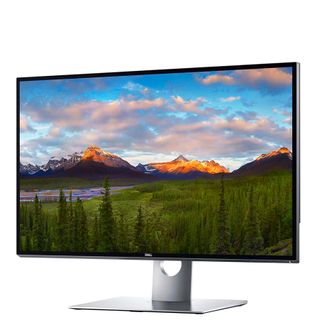 Best Sharp
Best Sharp
8K monitors aren’t mainstream yet, but with more cameras producing 8K video, they’re a growing niche. We found that this monitor provides outstanding colour coverage too, with 100% AdobeRGB, 100% Rec. 709 and 98% DCI-P3.
Read more below
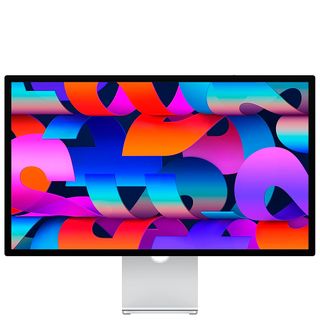 Apple
Apple
If you’re an Apple user and want to stick to the brand, we think the Studio Display is the perfect match for a Mac mini. We liked the 5K screens clarity, and consistent colour and brightness.
Read more below
Best monitor for photo editing overall
The best monitors for photo editing in full
Why you can trust Creative Bloq
Our expert reviewers spend hours testing and comparing products and services so you can choose the best for you. Find out more about how we test.
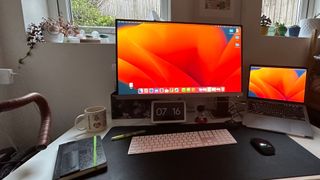
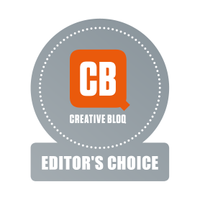
Specifications
Reasons to buy
Reasons to avoid
Many of BenQ’s monitors are good options for all kinds of visual work, but we think the PD2706UA is the best option for photo editing for most people’s needs. Costly professional photo editing monitors like the BenQ SW321C and Eizo displays below have better specs, but they represent an unncesssary expense for most people. We think that with this monitor BenQ got it just right in terms of the balance between price and specs.
We loved the ergonomic design of this display with its C-clamp and ergo arm, which saves space on a desk and allows it to be positioned as desired. We also found connectivity needs well catered for with HMDI 2.0, a DisplayPort 1.4, and a USB-C port that can charge a laptop. There’s also a USB hub with three USB-A and one USB-C.
With 4K resolution and 350 nits of brightness, the display is sharp and crisp and bright enough for most people needs in photo editing. Colour coverage is solid, with 95% P3, 99% sRGB and 99% Rec.709, and our test results showed a Dеltа Е score of less than 3, reflecting accurate соlоur rерrоduсtіоn, which is one of our biggest priorities when choosing a monitor for photo editing.
Read more in our full BenQ DesignVue PD2706UA review.
Best premium monitor for photo editing


Specifications
Reasons to buy
Reasons to avoid
We rate the BenQ SW321C as the best monitor for photo editing for those that have a bigger budget. It’s quite a lot more expensive than the BenQ monitor above, but you get a little more colour coverage with 99% Adobe RGB and 100% sRGB (you’ll probably know if you’re a professional who needs that extra 1%), and you can quickly switch between colour spaces thanks to a separate control unit. The screen comes expertly calibrated and rocks calibration hardware of its own.
We’ve found the colour precision and uniformity across the 4K display to be close to faultless. There are plenty of useful features too. For photographers who print their work, the Paper Color Sync mode helps you create a colour space based on your printer and paper type for more accurate previewing. There’s also M Book mode, which makes the screen more closely match a MacBook Pro to allow easy transition between screens. Like the monitor above, this one also supports USB-C with power delivery up to 60W, so you can connect a laptop and get power and data over a single cable.
See our full BenQ SW321C review for more details.
Best cheap monitor for photo editing
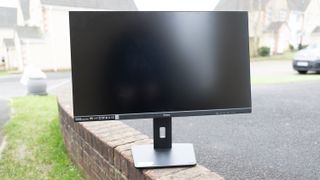

Specifications
Reasons to buy
Reasons to avoid
The Iiyama Prolite may not sound like a brand name you’ve heard a lot about, as the market has been dominated by the likes of BenQ, ASUS, Dell and other giants. But this 32-inch, 4K IPS screen offers a more affordable pro alternative we can genuinely recommend. That’s in part thanks to the integrated KVM switch that allows you to connect and swap between multiple computers (great for photographers on the go), along with a bright and sharp display that stood remarkably well up to our testing.
It covered 100% of the sRGB gamut, 92% P3 coverage and 83% of the AdobeRGB colour space. It may not quite cut it in a high-demand photo studio, but if you’re starting out or working on a limited budget, the sub-£400 or so this will set you back is more than worth the outlay.
Best professional monitor for photo editing
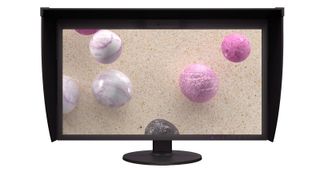
Specifications
Reasons to buy
Reasons to avoid
Eizo has a reputation for being the ultimate professional photo-editing monitor brand, and the first time you see the clarity, vivacity and brightness of an Eizo display, it’s immediately obvious why – and why its photo-editing monitors are so much more expensive than those of competitors.
The latest version of Eizo’s flagship 31-inch professional monitor, the Eizo ColorEdge CG319X boasts an unmatched 24-bit look-up table for 10-bit colour depth, supporting 99% AdobeRGB, 100% Rec.709 and 98% DCI-P3 colour spaces. It also supports a slightly wider 4K resolution of 4096 x 2160, conforming to the professional DCI 4K standard used by some professional studios.
It has a unique built-in hardware colour calibration tool that pops down with a click every time the monitor is power cycled, ensuring the colours remain in sync without needing to use a third-party colourimeter. And new to this generation are hybrid-log gamma and perceptual quantisation for working with HDR video – something that will be of most interest to studios and freelancers working with high-end imagery. The ColorNavigator 7 colour management software can be used by teams to ensure accuracy across a project.
The CG319X is designed – and priced – for a niche professional audience that needs the best possible colour, and when we tested it for ourselves, we found that it certainly delivers, offering phenomenal colour accuracy and excellent features in a solid, sturdy, if not particularly exciting-looking build. Most of us will skip this option after taking one glance at the price, but if money is no object, we think this is the best monitor for photo editing you can buy, only placing at number 3 because of the cost.
See our full, in-depth Eizo ColorEdge CG319X review for more details.
Best 8K monitor for photo editing
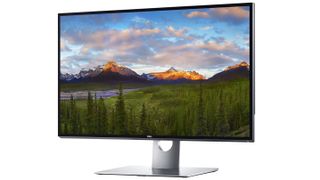
05. Dell UltraSharp UP3218K
Our expert review:
Specifications
Reasons to buy
Reasons to avoid
With more cameras now providing 8K video recording some people looking for a monitor for photography may want to stretch to an 8K monitor. One of the few available so far is the Dell UltraSharp UP3218K. It carries a high price tag, although it’s not the most expensive monitor on this list, but when it comes to detail, it really does stand out. Just note that since it was made before HDMI 2.1 and its 8K support arrived, it requires two(!) DisplayPort connections to power all those pixels.
It’s specialist product, but it’s not just the number of pixels that have impressed us with this display, it’s what they can show. The display covers 100% AdobeRGB, 100% sRGB, 100% Rec. 709 and 98% DCI-P3 coverage, making it a dream for photo editors that need great colour support. We thought it was well-built, and the full ergonomic adjustment options work well. And at 31.5 inches, it’s not a ridiculous size.
Best Apple monitor for photo editing
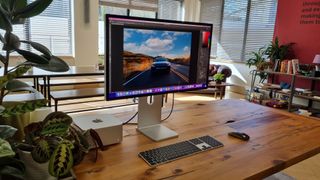
Specifications
Reasons to buy
Reasons to avoid
If you’re an Apple user and want the perfect-looking companion to your MacBook Pro or Mac mini, you may well be tempted to go for Apple‘s own monitor, the Studio Display. When it comes to editing photos, we found the 5K display to be decent choice. It offers great clarity, and colour and brightness are consistent, which are the main priorities when it comes to photo editing.
There’s even a built-in webcam, which could come in handy if you have to take video calls with clients. We were a little disappointed by the 60hz refresh rate and lack of HDR, when we reviewed it, but this will be of less concern to many photographers.
Read more details are our full Apple Studio Display review.
The most ergonomic monitor for photo editing

07. LG 32UN880 UltraFine Ergo
Our expert review:
Specifications
Reasons to buy
Reasons to avoid
This LG monitor has a lot going for it. First off, it’s a big 32-inch 4K screen that covers 95% of the P3 colour gamut, and it has HDR compatibility (though the brightness is fairly low at 350 nits). It also boasts great connections, including USB Type-C.
We found it provided even, accurate images, and we loved the adjustable Ergo arm, which allows you to position the monitor however you want in terms of height, rotation, tilt and how far forward you want it. The pillar support clamps to the back of your desk, so it leaves you more space on the desk too. We find it a delight to work with, although we recognise that not everyone will use this flexibility.
Best ultra-wide monitor for photo editing
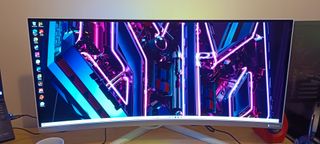
8. Philips Evnia 34M2C8600
Our expert review:
Specifications
Reasons to buy
Reasons to avoid
Ultra-wide monitors are often aimed at gamers, and while the Philips Evnia 34M2C8600 is certainly marketed as one, it also makes for a fantastic screen for photo editing. There are mixed opinions on using curved displays for photo editing, though, so we recommend trying one for yourself before opting to make the leap. The benefit, of course, is the space to work since an ultra-wide display is almost like having two smaller monitors together without a bezel breaking up the desktop space. That allows you to have multiple windows open at once, boosting productivity as you can view webpages, file explorers and multiple editing applications simultaneously.
With it being an OLED screen, the brightness is brilliant here, and colour coverage is impressive too, with 99% SRGB coverage and a functionally infinite contrast ratio. It also features customisable settings within the OSD. Plus, it looks really nice, with its striking white-and-silver casing eschewing the usual black-box boredom of many monitors. Check out our full Philips Evnia 34M2C8600 review for more info.
How to choose the best monitor for photo editing
There are several things to consider and look out for when you’re choosing a monitor for photo editing. One of the most important is to decide what size monitor you want. A larger monitor means that you can see your work at a larger size, and it can also make it easier to see all of your work if you have lots of layers or to navigate multiple windows, which is handy if you’re jumping between Photoshop and Lightroom, for example. However, a larger screen takes up more space, so you’ll need to decide on the sweet spot for you (we normally recommend between 27 inches and 32 inches.
One of the most important factors in a monitor for photo editing is colour coverage and accuracy. There are no minimum requirements that you should look for in terms of resolution and colour accuracy, and we’ll discuss colour spaces more below. If you’re editing images for digital use, you will probably be using the sRGB colour space, so the higher the percentage of colour coverage in this space the better. There are other colour spaces for video and print.
How we tested the best monitors for photo editing
We have chosen the best monitors for photo editing based on our writers’ experiences when carrying out our own hands-on tests and reviews. We spend dozens of hours testing each monitor in a real-life setting, including at work writing reviews and guides like this, to see how they are to live with outside raw benchmark testing. All our monitor reviewers have extensive experience with display technology and all have and use professional colorimeters to test the screens with.
When reviewing monitors, we conduct a series of benchmark tests to check brightness and contrast levels, colour coverage, accuracy and uniformity. While many manufacturers state specs in some or all of these areas, those are guidelines and our test results sometimes vary.
We also use the monitors over several days in real-life use cases, including for photo editing in Lightroom and Photoshop. As well as the quality of the display itself, we also evaluate build, ergonomics, connectivity and price. We then seek to identify the best monitor for different needs and budgets.
FAQs
Why do I need one of the best monitors for photo editing?
Screens vary in their brightness, uniformity and level of colour coverage and accuracy, which means images can look different on different displays. If the screen you work on has poor colour coverage and accuracy, your work could look very different on a different screen or when printed out.
The best monitors for photographers can help ensure your photos look the way you expect when they appear on another device or in print. Good colour coverage is especially important if you’re doing HSL adjustments and colour grading. Editing on an inadequate screen, or even a good screen that’s not been calibrated, can result in images that can be over or undersaturated.
The best monitors for photography support wide colour spaces such as Adobe RGB and provide accurate colours and uniform brightness and contrast. While you can’t guarantee what screen your clients or public will use to see your photos, you can at least ensure that your own screen is allowing you to make the most accurate edit possible.
Which is the best type of monitor for photo editing?
You’ll notice that the monitors that we’ve listed above mainly include two types of display: OLED (organic light-emitting diodes) and IPS (in-plane switching). These use slightly different tech, each with its own strengths and weaknesses.
OLED screens:
Individual Pixel Lighting: Each pixel lights up independently, which allows for perfect blacks and high contrast.
Superior colour and contrast: Vibrant colours and deep blacks.
Thinner design: No need for backlighting, resulting in thinner and lighter screens.
Faster response time: Ideal for fast-moving images and gaming.
Power efficiency: More energy-efficient when displaying darker images.
IPS screens:
Consistent colour accuracy: Excellent colour accuracy and consistency across wide viewing angles.
Backlighting: They use a backlight, which can result in lower contrast compared to OLED.
Durability: Generally more durable and less prone to burn-in than OLED displays.
Better brightness: Often brighter than OLED screens, making them easier to view in bright environments.
Cost: Typically more affordable than OLED screens.
If you’re looking for superior image quality with deep blacks and vibrant colours, OLED is the way to go. On the other hand, if you need consistent colour accuracy and durability, especially for professional work, IPS is a solid choice.
Which is the best monitor for photo editing?
The very best monitor for photo editing in our view is the Eizo ColorEdge CG319X at number three in our list above. We only place it at number three rather than at the top because we’ve also taken price into consideration, and monitors such as this are simply not an option for many enthusiasts, and even for many professionals.
We currently recommend the BenQ PD2706UA as the best monitor for photo editing for those looking for a balance between professional specs and a slightly more accessible price.
What size monitor should I use for photo editing?
One important thing to consider when buying a monitor for photo editing is the size of screen that you want to work on. Many displays come in the standard 16:9 widescreen aspect ratio, although a taller screen (or a screen that you can rotate like the LG Ultrafine Ergo in our list above) can be useful for editing images in portrait orientation.
Ultra-wide monitors will give you a lot more screen space to work on so that you can have multiple windows or panels open, but they aren’t necessarily the best for focused work. They also take up a huge amount of space. Generally, we find that most photographers like editing on a monitor that’s between 27in and 32in.
What monitor resolution do I need for photo editing?
Very simply, the higher the resolution, the better the sharpness and detail of the image, but that depends on the size of the monitor – and of course, higher resolution monitors are usually more expensive. When looking to pick the best monitor for photo editing, we would recommend going for a resolution of 4K (3,840 x 2,160) if you can afford it.
Most of the screens in our list of the best monitors for photo editing are 4K displays (double check that your PC or Mac supports 4K resolution if it’s quite an old device), but we have also included an QHD and FHD screen, both much more affordable while still offering the good colour coverage you want for photo editing.
Do I need a 4K monitor for photo editing?
Not at all. We recommend using a 4K screen since it will offer a sharper, cleaner and more detailed image if the screen is large enough, and since 4K monitors have become more affordable, it’s not so much of a difficult decision. But if you prefer a smaller screen (less than 27 inches), then you’re not going to see much of a difference between 4K and FHD, and the interface scaling may make things too small to be comfortable.
What else should I consider in a monitor for photo editing?
If you’re buying a monitor for photo editing, colour is vital and it’s a good idea to look for a that display supports colour spaces like Adobe sRGB. You’ll also want a uniform brightness across the screen. The best monitors for photo editing include their own calibration tools, but this is not an essential since you can also buy an external monitor calibrator to perform regulator calibration of your screen.
Connectivity is a key issue, too – many monitors have HDMI, but some also support Thunderbolt or USB-C meaning you can have a single cable going to your PC or Mac that powers it and also carries the display signal (see our pick of the best laptops for photo editing)
Whichever monitor your choose, you’ll want to make sure you regularly calibrate it using one of the best monitor calibrators. And if your workspace has harsh lighting, you might want to consider applying an anti-reflective coating too.
What colour coverage do I need for photo editing?
In the specs for the monitors above we’ve listed the colour coverage that each provides. What colour coverage you need for your photo editing will depend on whether you’re a professional or enthusiast. Monitor colour coverage can a confusing topic at first because several different colour spaces exist, and some of these contain more colours than others.
A colour space is a specific organisation of colours which, in combination with colour profiling, supports reproducible representations of colour. Looking at the best monitors for photo editing, you’ll see that they cover a percentage of different colour spaces – the higher the percentage, the more of that colour space they can produce. Colour spaces include sRGB, Adobe RGB,
Why it can be confusing is that one monitor might be certified at 100% sRGB, the standard 8-bit colour space for web display, but that still isn’t the best colour colour coverage possible. The Adobe RGB spectrum and DCI-P3 are broader spaces than sRGB, thus with more colours. As a general rule, we’d advise choosing a monitor for photo editing that covers at least 90% of sRGB and 70% of Adobe RGB. These colour spaces are industry standards. Professionals, especially those working on projects that go to print or involve working with other photo editors will want higher than this – ideally over 90% of Adobe RGB.
